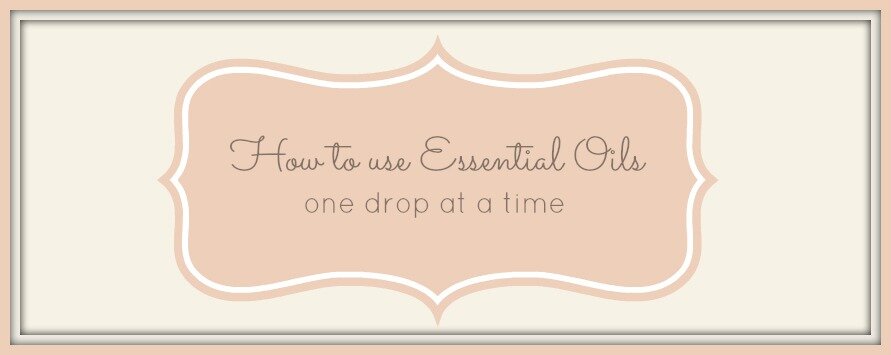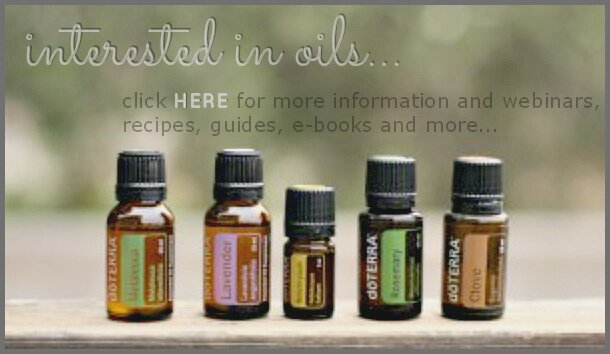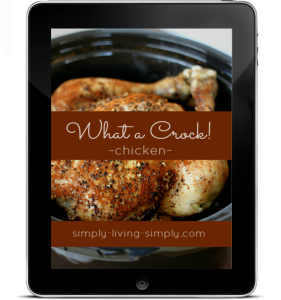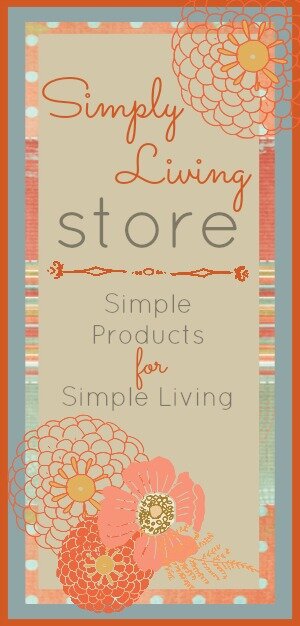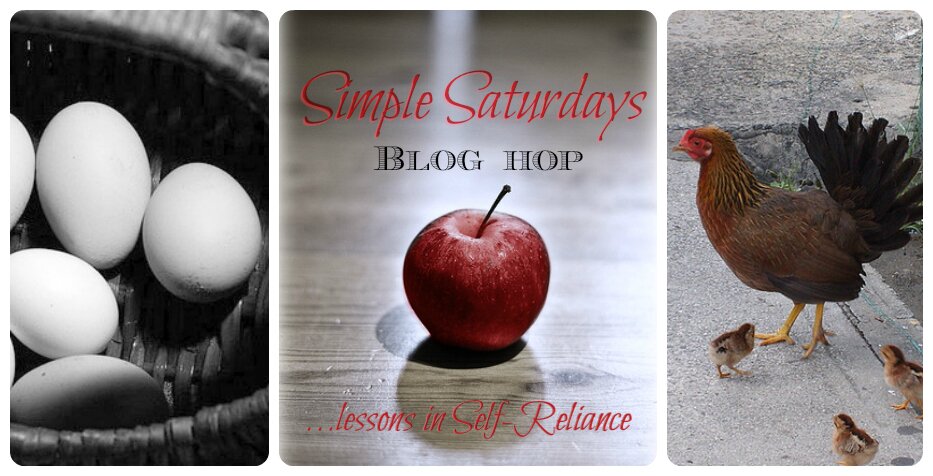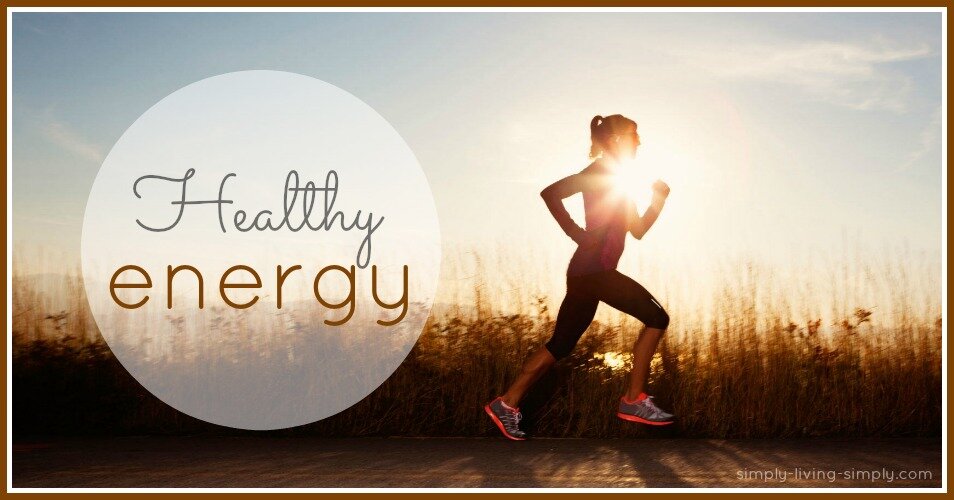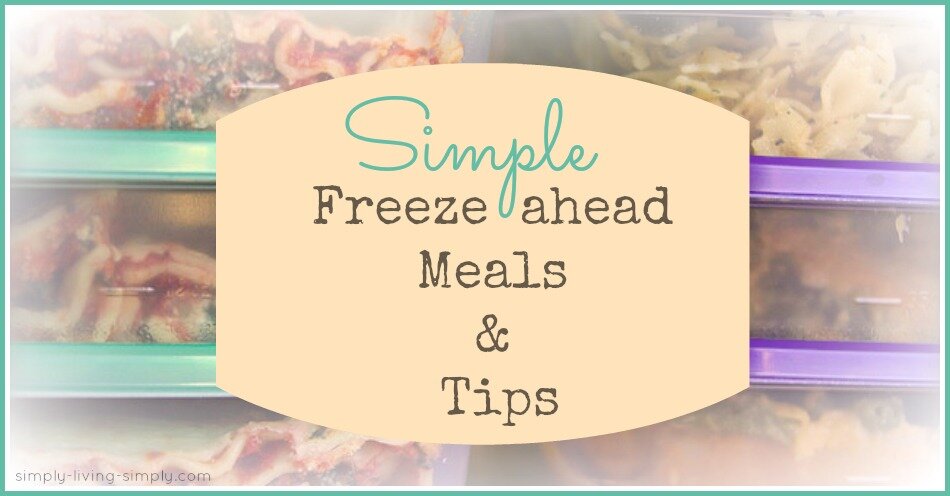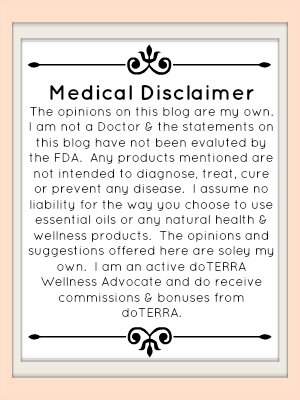Learning how to use essential oils does not have to be overwhelming
Using essential oils can be both profoundly simple and life changing at the same time. A large amount of information is readily available here on my website for those desiring to increase their knowledge of essential oils, the many uses of essential oils for everyday health and wellness.
Let’s explore the 3 basic applications of essential oil uses and a few very simple guidelines that can make using these oils easy and safe.
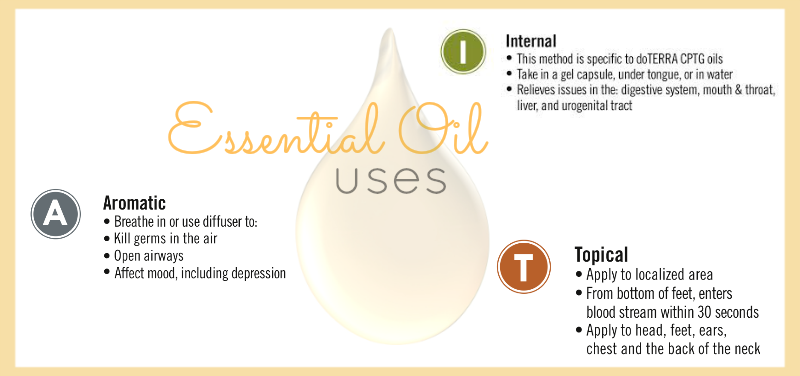
Essential oils are used for a very wide range of emotional and physical wellness applications. They can be used a single oil at a time or in complex blends depending on user experience and desired benefit. Essential oils are usually administered by one of three methods: diffused aromatically, applied topically, or taken internally as dietary supplements.
All doTERRA essential oils have a simple visual guide to help you use your oils appropriately:
![]()
Neat– means you can generally apply the oil in question directly to the skin without any dilution. However, it’s always a good idea to patch test your own skin first, just in case.
![]()
Sensitive – “Sensitive” means tha although some can apply the oil without any dilution, directly to the skin, those with sensitive skin should do a patch test or dilute before use. With these oils follow the dilution listed or use a guideline of 1 drop per 1-4 oz of carrier oil, such as coconut oil.
![]()
Dilute – These oils are very potent. It’s important that you dilute them at least 1:3, as they can cause irritation to any skin type when applied directly.
Know your skin type. Do you tend to have sensitive skin? Then always dilute. Are you not sure? Test an area of your inner arm first.
Aromatic Application
Our sense of smell influences many physiological pathways including the stimulation of hormones and other metabolic processes. Aromatherapy is founded on the body’s predictable response to specific olfactory stimuli. Essential oils are widely used in aromatherapy applications. Certain essential oils, when diffused in the air, can be very stimulating, while others can be calming and soothing. Beyond emotional benefits, diffusing essential oils can purify air of unwanted odors and some airborne pathogens. Low or no-heat essential oil diffusers are recommended as they do not change the chemical structure of the oil being diffused. Essential oils can also be used as cleansing and purifying additives to laundry and surface cleaners throughout the home.
Here are some aromatic essential oil uses:
- Diffusing: A good diffuser should use cool or room temperature air or ultrasonic vibrations to diffuse the oil into the air, which help the oil molecules remain air bound for several more hours and do not affect the structure of the oil through heat.
- Direct Inhalation: Directly inhaling the oil can be done by holding the bottle of essential oil a few inches from the nose and breathing in the aroma, or by adding a drop the hands and cupping them over the mouth and nose. Some oils should be diluted before direct inhalation.
- Indirect Inhalation: Adding a drop to a handkerchief, cotton ball, shirt collar, pillow case. You can also use a diffuser in your car or wear a aroma necklace too.
- Hot Water Vapor: Bring a pot of water to boiling, add 1-3 drops of essential oil, place a towel over your head (your head being over the water) and inhale the steam.
- Humidifier: Just like a diffuser, cool air humidifiers are best. Be aware that essential oils can damage plastic components over time, so choosing one made for essential oils is best.
- Fan, Vent: Just like with the indirect inhalation, you can add the oil to cloth and place it in a vent or even in front of a fan. A good use for this is peppermint in the car to diminish motion sickness, or orange for a very refreshing and uplifting scent.
- Perfume, Cologne, Deodorant These items smell good and are safe and healthy for your body. For perfume or cologne, add 1-2 drops or dabs to the wrists, behind the ears or by dissolving 10-15 drops in 20-30 drops of vodka or distilled water then mist on the body or clothing. For a natural deodorant, dab onto the underarms or mix 3-4 drops of your favorite oils with a tablespoon of coconut oil and apply a small amount to the underarms.
- Natural Room Deodorizer: Instead of harsh chemicals to cover up odors you can use essential oils to eliminate odors. For instance, you can create a room deodorizer by mixing a half cup of alcohol (such as vodka) with a half cup of distilled water, and 20-40 drops of your favorite essential oils in a decorative jar. Then add 10 or so bamboo skewers (like the ones you use for kebobs) to the mixture so that they are sticking out of the bottle. They will soak up the aroma and spread it throughout a bathroom easily. You can also use a diffuser. One in every room of the house is super!
Topical Application

Due to their natural molecular composition, essential oils are easily absorbed by the skin and can be safely applied topically. Application of essential oils can have immediate, localized benefit to the target area of application. They have restorative and calming properties and can be used effectively with massage and beauty therapy. They are also natural disinfectants. The chemical structure of essential oils also allows them to be absorbed into the bloodstream via the skin for internal benefit throughout the body.
- As a Massage Therapist I can testify that massage is one of the most enjoyable ways to use your essential oils. Massaging the oils into joints, muscles and tissues is relaxing and beneficial. Always move toward the heart when working on the arms and legs and avoid a heavy hand, moving over the spine or other sensitive areas with too much pressure.
2. The next option is to apply the oils to the chest, behind the ears or directly over the area of concern (diluted as indicated).
3. Reflexology massage is one of the most effective and yet gentlest options that you can use your essential oils with. It’s extremely convenient for those with sensitive skin, just apply the oils to the reflex points of the feet, hands and ears. The feet especially are beneficial because of large pores, and will allow the oil to absorb quickly to the body, but the bottom of the feet are tough enough to not cause irritation if your skin is prone to reactions. The reflex points of the hands and feet also correspond to the different areas of the body by ways of the nervous system. Leaning how to use essential oils is made easy with visual guides to reflexology to understand which reflex points to massage the oil into based on your particular needs and uses.
More ways you can use essential oils topically:
4. Auricular Therapy: Similar to acupuncture, acupressure or reflexology, auricular therapy stimulates small reflex points on and around the ears by massaging the essential oil into the area.
5. Hot or Cold Compresses: Soak a cloth or towel in cool water with drops of your favorite essential oil. Place that cool compress over the area of concern, or wrap in a hot water bottle to use as a warm compress.
6. Bathing/Foot Baths: You can add essential oil to your bathwater, to your favorite all-natural shampoo or body wash, to your bath salts, directly to your washcloth or to a foot bath to soak in.
7 . Personal Care: Essential oil uses include a natural deodorant (applied NEAT or diluted), as part of a skin care regimen, added to lotion or moisturizers.
8. Shower Products: Try adding a few drops of your favorite essential oil to your shower gel. You can also add essential oils to your shampoo and conditioner!
Internal Application
Not all essential oil can be used internally. The FDA has approved certain ones for internal use, as “Generally Recognized as Safe”. (GRAS) Essential oils can also be used as dietary supplements supporting a variety of healthy conditions. Some essential oils have powerful antioxidant properties while others help support healthy inflammatory response in cells. Many essential oils are generally regarded as being safe for dietary use, but some oils should not be taken internally. Do not use any essential oil product internally that does not have the appropriate dietary supplement facts on its label.
- Cooking: Many oils, such as oregano, rosemary, black pepper can be used in cooking or baking. Usually one drop is enough, although certain recipes may call for more. Start small at first.
- Drinking: We love to add grapefruit or lemon to our water every day to help with digestion or energy.
- Supplemental: Add your preferred amount of essential oils to empty capsules, and take as directed daily.
- Take Neat: Some essential oils are safe and have a mild taste so can be taken into the mouth by placing a drop or two under the tongue or essential oils added to a shot glass and down the hatch!
